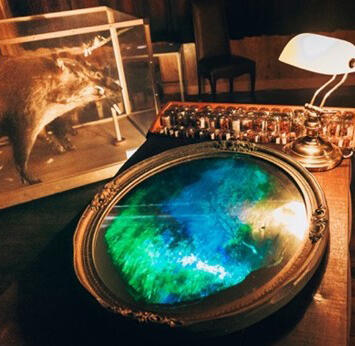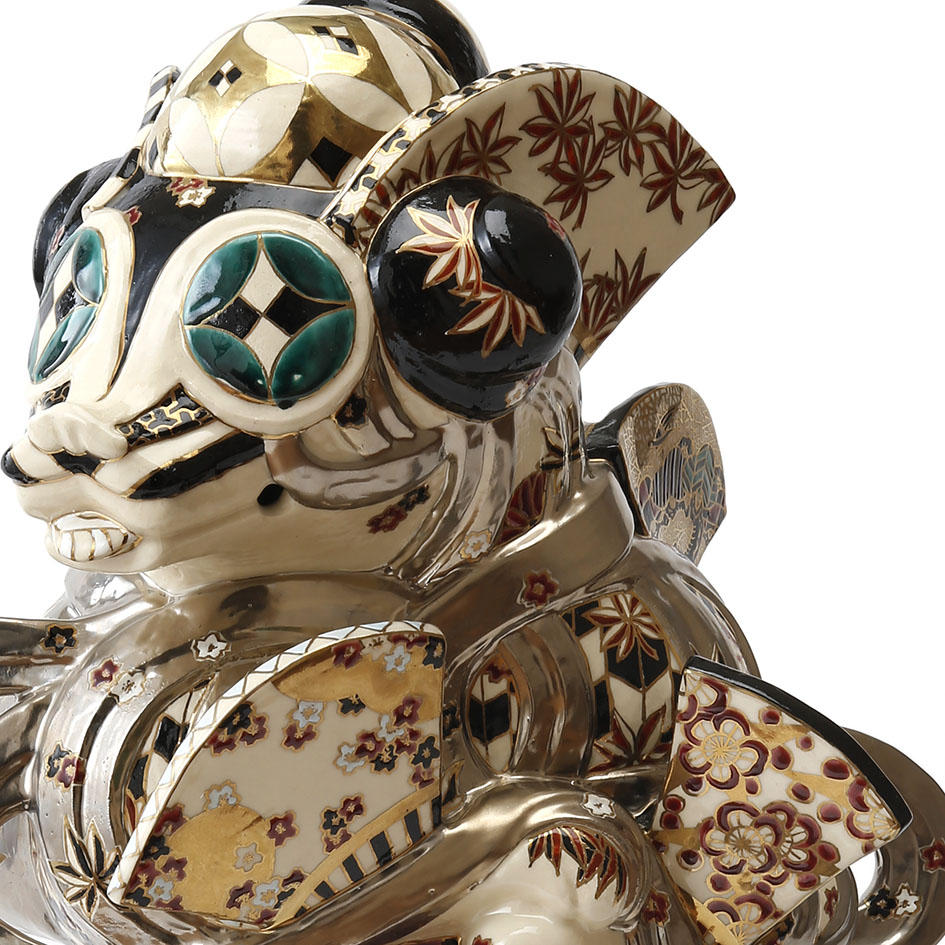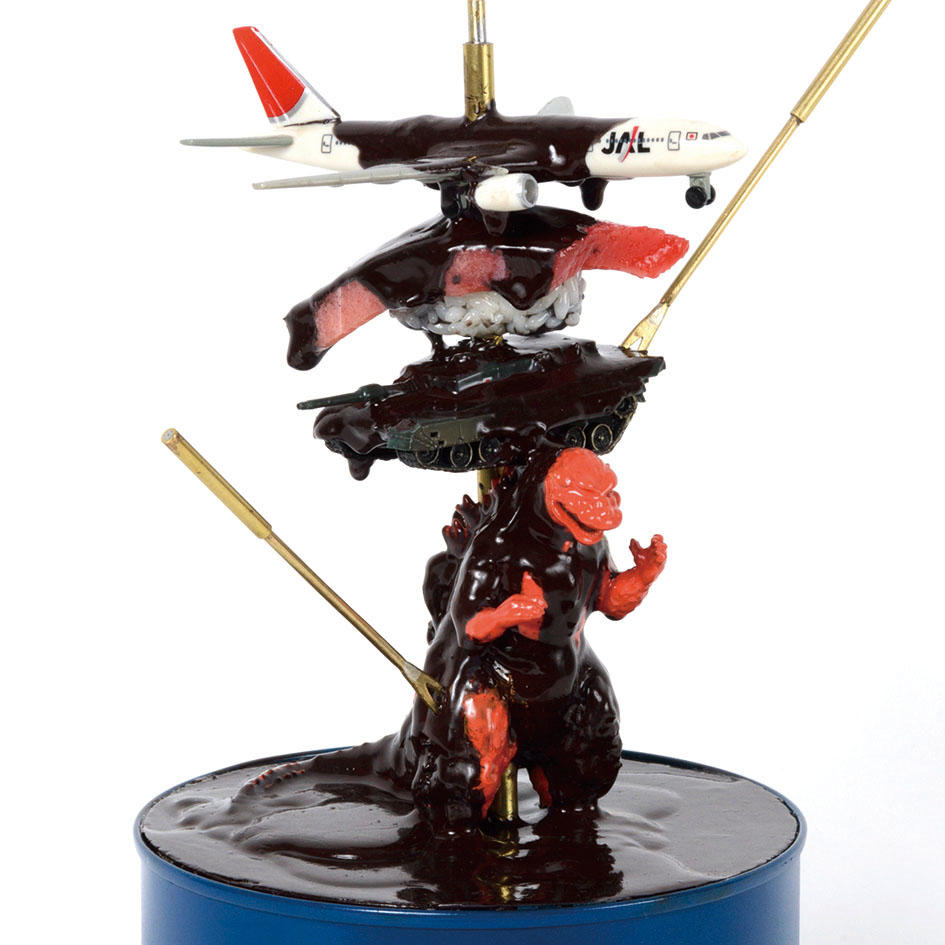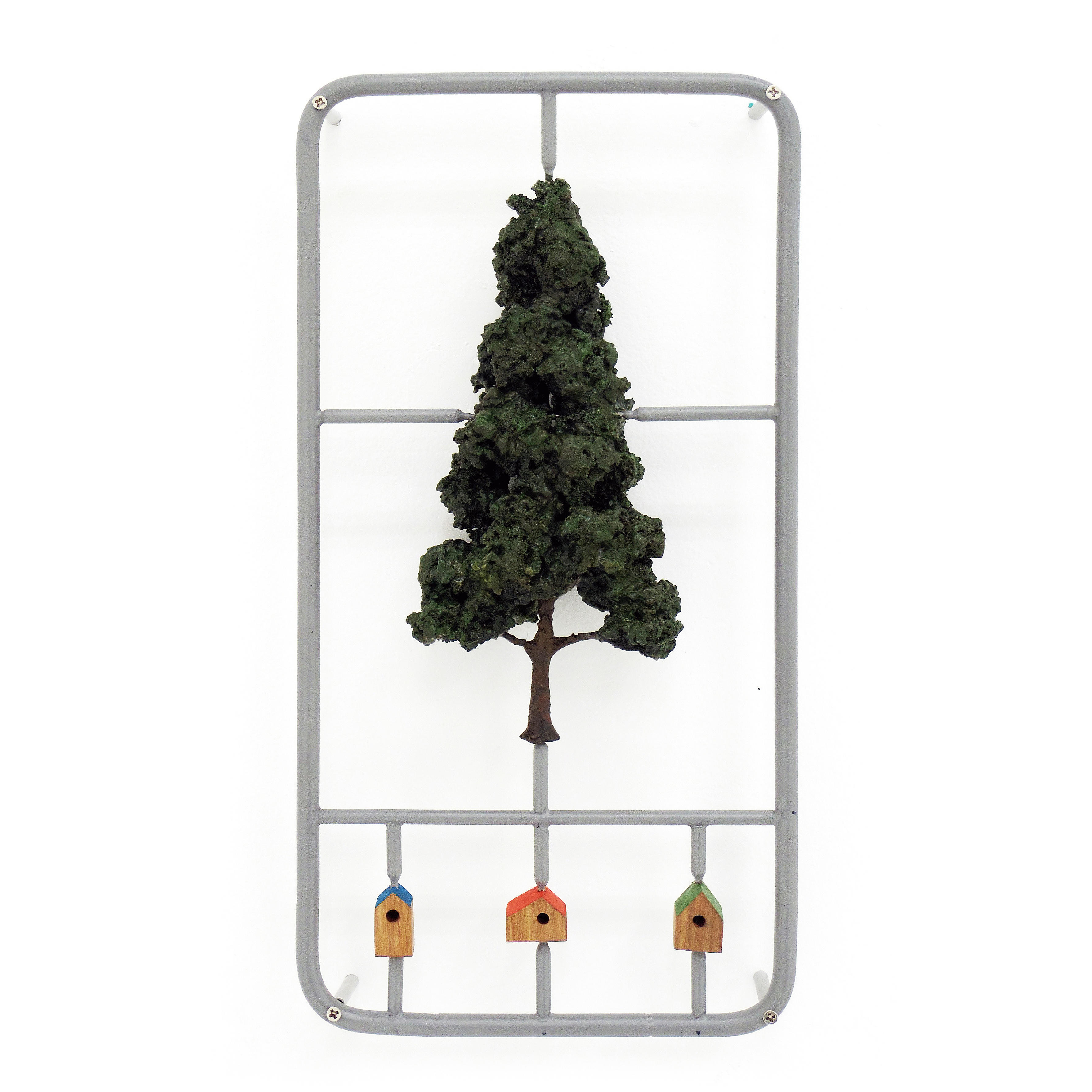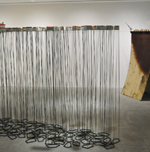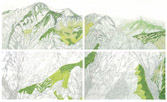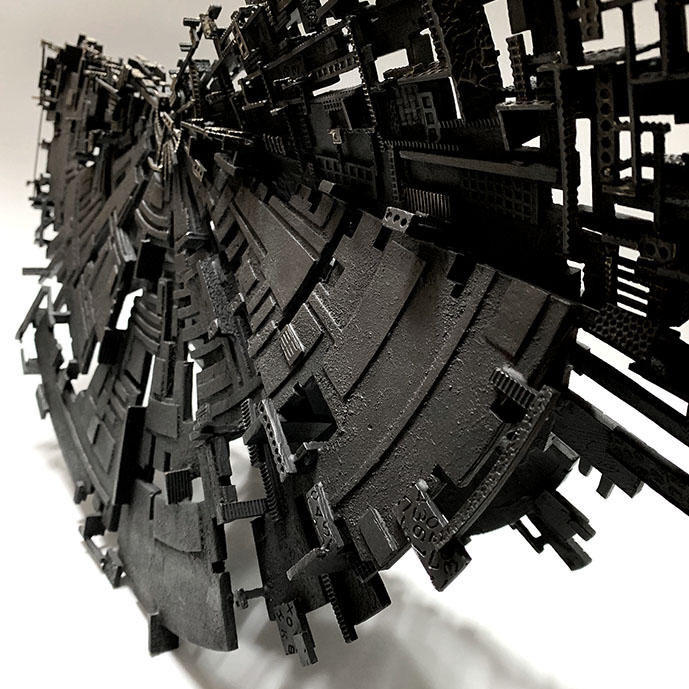Project
Exhibition "Space Time" @anjin cafe in Daikanyama T-SITE
2023.6.9-2024.5.31 (schedule)
Currently on view at anjin café is a special exhibition entitled "Space Time," which introduces the works of young and emerging artists who are tackling themes such as space and time. Since its opening in 2012, the café has consistently exhibited stimulating works suitable for an adult playground, but this time, the objects on display will again attract viewers with a different kind of artwork. Please look out for works that combine common materials such as newspaper, clocks, threads, and stones to make your mind leap to faraway worlds.
| Date | 2023.6.9-2024.5.31 (schedule) |
|---|---|
| Hours | 11h-22h https://store.tsite.jp/daikanyama/floor/shop/anjin/ |
I believe that objects in this world are etched with the memories of the times in which they existed, their history, and the memories of people. For example, the heel of a shoe, the clutch of a manual car, a scratch or peeling paint that proves that it has been used.
I thought of using human-invented "letters" to make these "things engraved on the surface" visible, and to make the memories engraved on the surface visible. We thought that the newspaper, which is published almost every day and carries the events of that day and time, would be an appropriate material to use. I thought that by using newspapers, I could restore the memories of the people of the era in which the motifs existed, and I began to use them in my works.
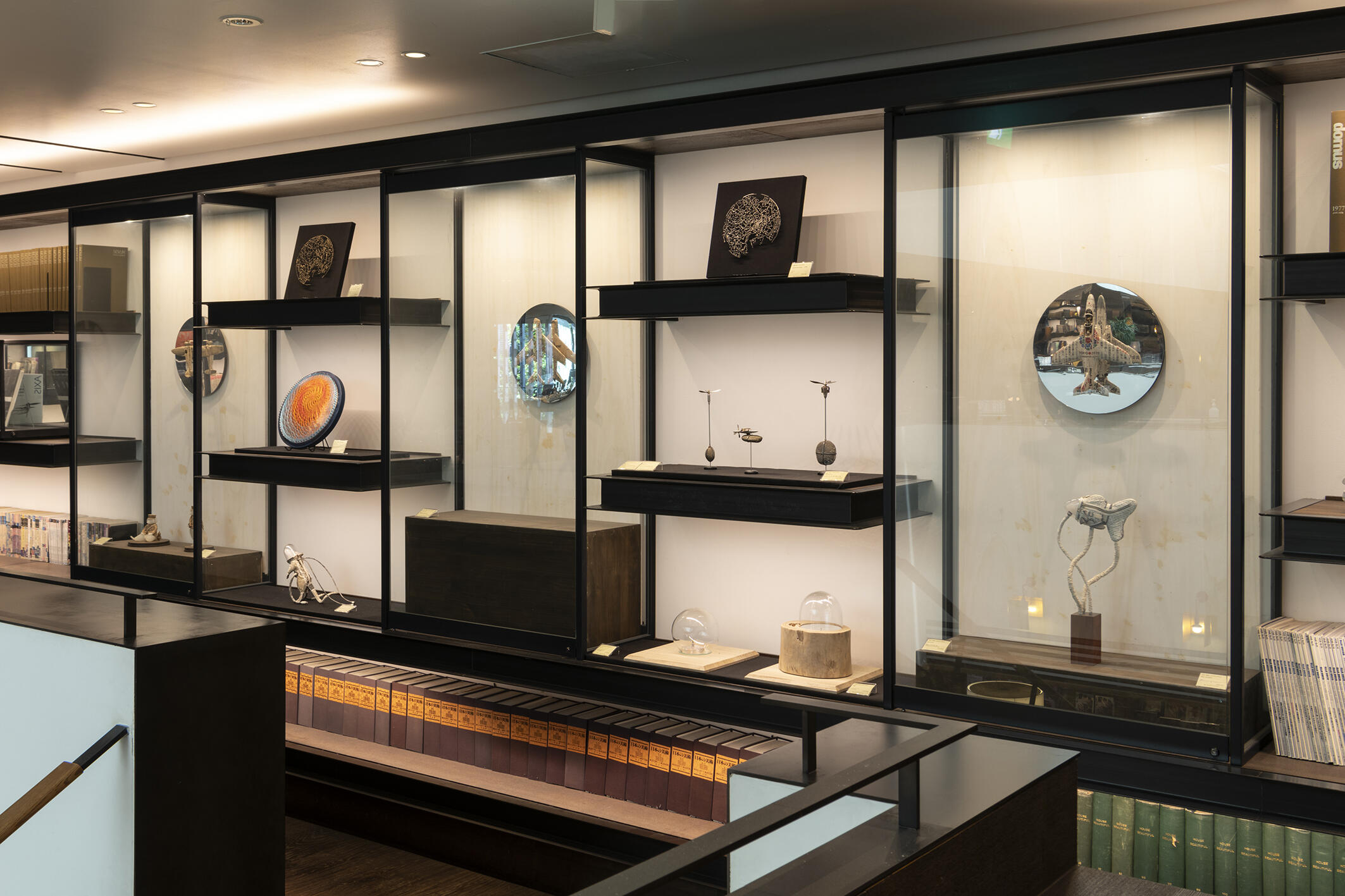
《Space Time》installation view photo by Hiroshi Noguchi
From left to right, three airplanes are installed along the flow of time. 1938 Hochi Newspaper, which decided to cancel the Tokyo Olympics scheduled to be held in 1940, is used as the motif, and the motif is a naval fighter plane that would later lead to the Pacific War. Next to it is a newspaper from the 1964 Tokyo Olympics, which was used as the motif for the Blue Impulse that made the Olympic logo in the sky during the opening ceremony. The newspaper that was used for the 2020 Tokyo Olympics, which was still fresh in our minds, was chosen to convey the excitement of the time, and the Blue Impulse (Kawasaki T-4) was used as the motif. The message behind each work can be read across different eras.
The airplane works, for example, are produced in 1/48 size. This size is one of the major scales of model airplanes, and by making them in the scale of models, I believe there is meaning in the reality obtained from the real newspaper on the surface and the size of the model as an unrealistic "toy," even though it is a model of a weapon.
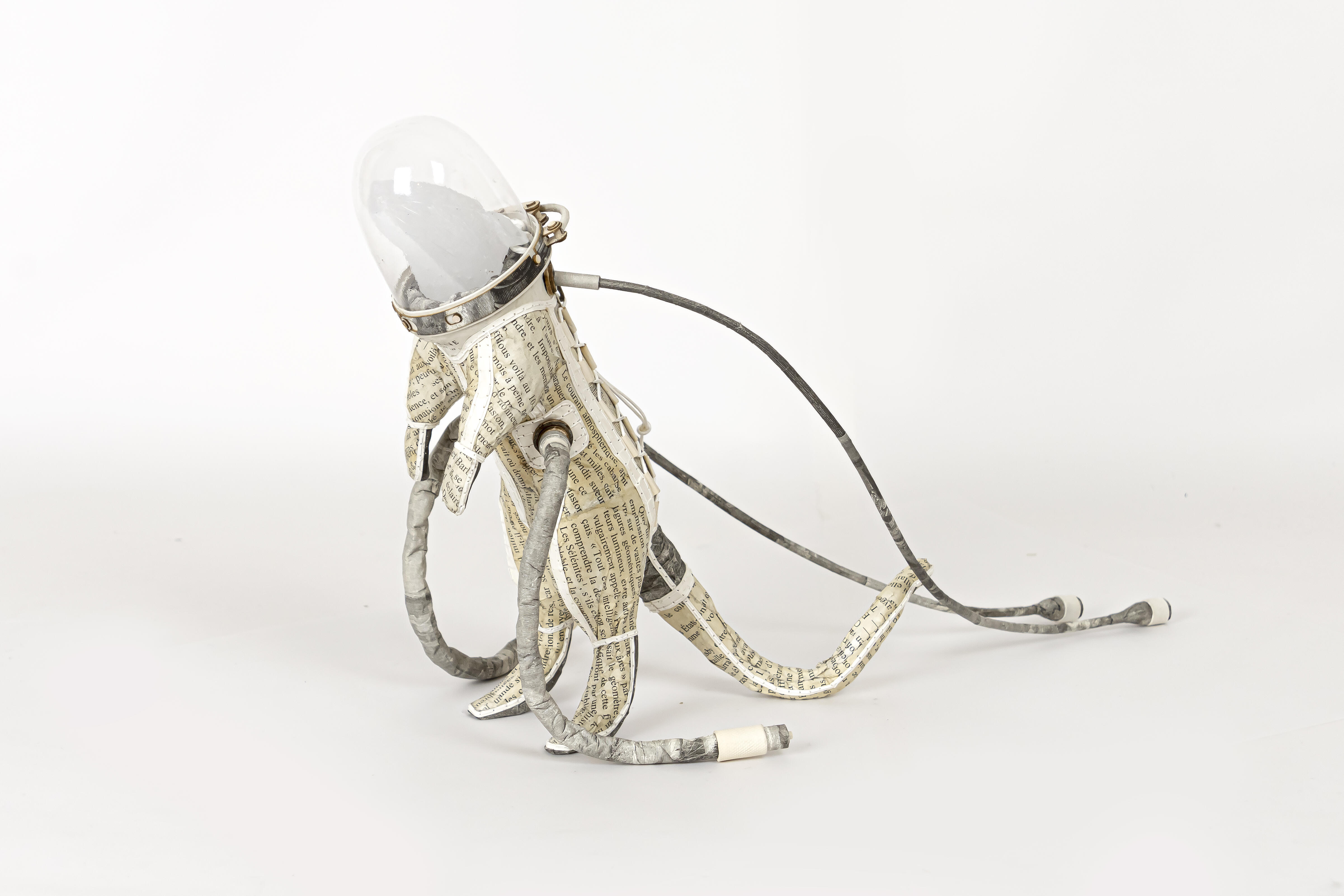
Atsushi Adachi "Hector" 2022 pages from《De la Terre à la Lune》, paper, plastic h220x350x160mm
The rat, Hector, was the first animal sent into space by France in 1961, and was created using pages from French science fiction author Jules Verne's "A Trip to the Moon. Although a fantastical scientific story can be seen behind the work, it is the result of an accumulation of work that began with the creation of data, which was then built up in millimeter-by-millimeter detail and attached to the main body of the work.
In this day and age, I believe that this is a good opportunity to reexamine and think about our history, what we did in the past, what happened, and what the results were.
There are many events that cannot be easily talked about, but this exhibition will focus on three important points: the attack on Pearl Harbor (the beginning), the atomic bombing and defeat (the end), and the "beginning" of what may come in the future, as a "gateway" for those who do not usually look back on history and the past. The "Battleship Arizona," which sank in the attack on Pearl Harbor, the "B-29," which burned down many Japanese cities and dropped atomic bombs on Hiroshima and Nagasaki, effectively triggering Japan's unconditional surrender, and the latest "Beginning," which may come in the future, as a figure of the new "Beginning" that began to be deployed in the Air Self Defense Force. The exhibition was designed to provide an opportunity for visitors to think about what happened to their own country in the past.

for reference Atsushi Adachi "Beginning and finishing, and beginning again" FBI Gallery, Tokyo photo by the artist
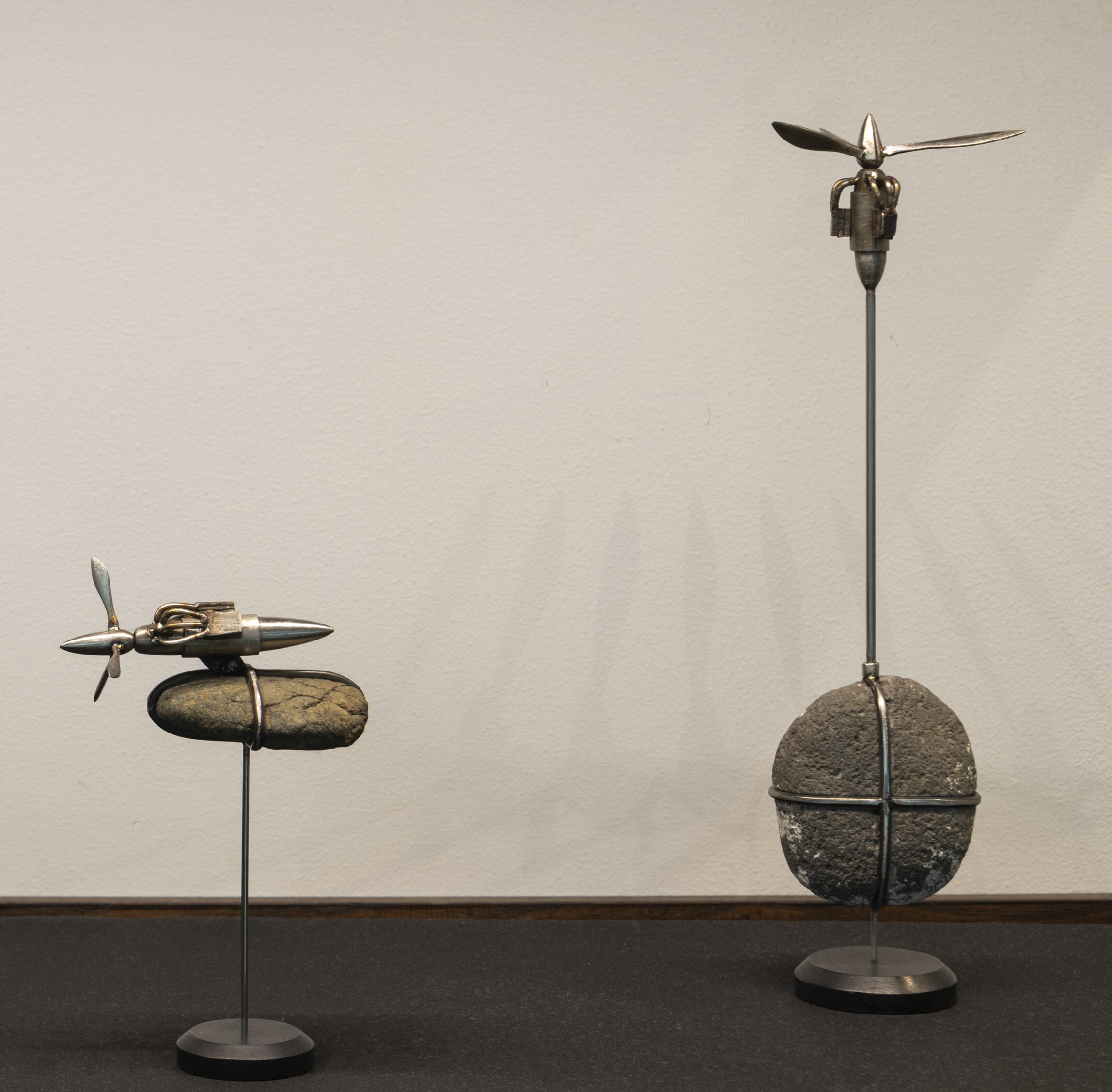
Bunpei Kado "Meteorite Series” photo by Hiroshi Noguchi
Bunpei Kado is another artist inspired by Jule Verne's "A Trip to the Moon”. He imagines a meteorite flying from beyond the universe and expresses it in a humorous way by attaching a propeller to a stone. Kaku combines and collages everyday objects and things to question the state of things as they are now. In considering environmental issues, he creates lighthearted images of the earth and the wider world, including the universe that surrounds it.

Kaori Miura, "Prodigy" 2021, Mixed media, h250 x 200mmφ
”Where to”, 2022, mixed media, h170 x 127mmφ photo by Hiroshi Noguchi
Kaori Miura continues to create works with everyday materials based on themes such as "lingering", "signs", and "traces". In addition to her gallery solo exhibitions, Miura has garnered attention for her "Food and Contemporary Art vol. 8" (2021) at BankART, "Machines with Heart Again" (2019), and the Nakanojo Biennale (2015, 2013). The works in this exhibition show a section of the real world that changes from moment to moment with the movement of the second hand of a clock movement and the movement of a magnet. The small balls rolled by the magnets mark time as if they were leaving their own traces.
The artist describes his artistic practice as follows:
Our lives are ordered by time, but time passes in an indifferent manner to the events of the world. And no matter how we spend our days, the clock ticks one second at a time, accumulating changes little by little as it goes by.
This irreversible and indifferent passage of time made me think that time is equal to everyone and that it is a realm that no one can control.
Since time is also relative, depending on the viewer's perspective, I removed the specific functions of the hour and minute hands of a clock to show the passage of time, and used the second hand and its inertial movement around to the right as the minimum functions of a clock.

Arisa Chinen, ”Cloud Nine”, 2023, Paint, thread and nails on board, 320mm dia. x 23mm photo by Hiroshi Noguchi
Arisa Chinen completed her doctorate at Tokyo University of the Arts after studying abroad in London. She weaves microcosmic works of geometric string art. Following certain rules, she creates simple yet profound motifs by hanging the strings in turn on pins struck on wood.
The artist comments on her work as follows: "There is a coefficient between the number of pins and the way they are hung. There is relational for the number of pins and how to multiply them, and I use divisors that are not divisible. There is a function behind it that says, "This rule produces this pattern. With paints, it is difficult to see the color underneath if you paint on top of each other, but with thread, depending on the position and angle at which you stand, you can see through the thread. Also, the use of straight lines to draw curved lines (like circles), and the way the light makes it easier or harder to see the threads, I think that is the charm of thread hanging."
Arisa combines mathematics, geometry, and figures with handwork to develop a unique world view.
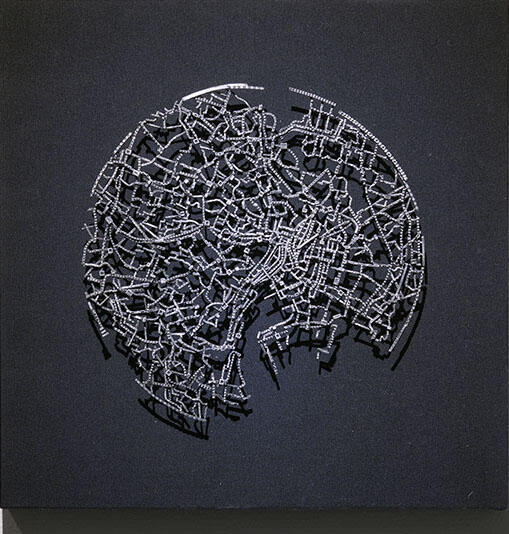
Ayako Kuno "water and sewerage (Josui)" 2020 silver 200φ x 15mm
Ayako Kuno uses the lost wax technique to weave various landscapes from metal, and for her solo exhibition at Art Front Gallery in 2020, she created a work that looks like a view of the city from above. She used silver, brass, and other thin metals to create a map-like meshwork of the capitals of various countries, prefectures, and Tokyo's railroad network in reference to the Olympic Games. One of the works at that time was this one of Tokyo's water and sewage network, in which the water network was expressed in silver and the sewage network in brass, but according to the artist, the materials were also different because the density of the water and sewage network was quite different when examined.
We invite you to view this exhibition of works that question the universe and time through a variety of materials.
Artists
Related News


![[Bunpei Kado] Participation in the international group exhibition](https://artfrontgallery.com/whatsnew/assets_c/2025/06/6413c9b8da805a040e7a50eb099ad522a6a33eb2-thumb-1440x1080-12792.jpg)


![[Art Fair] ART SG 2025 in Singapore](https://artfrontgallery.com/whatsnew/assets_c/2024/12/Eko%20Nugroho_bubunn-thumb-961x961-12427.jpg)






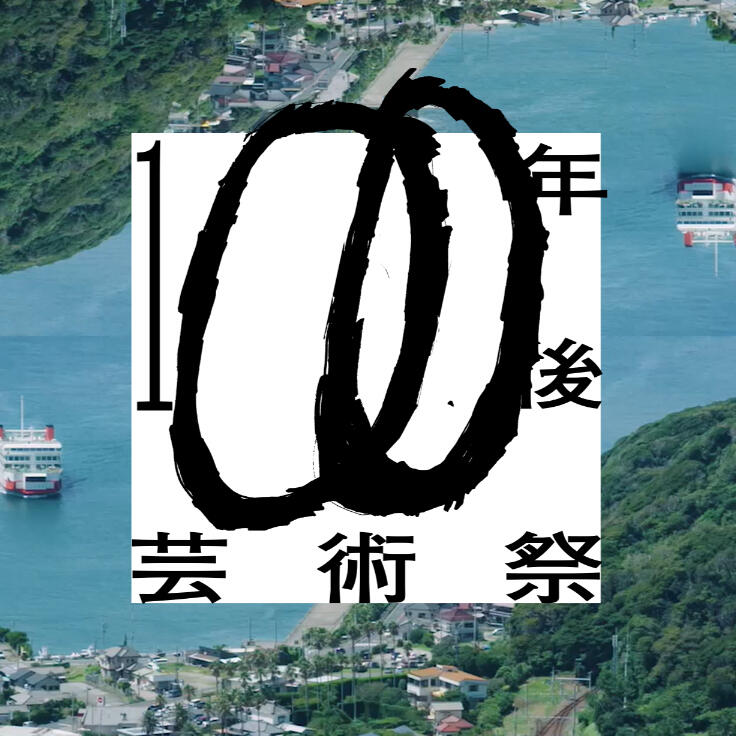
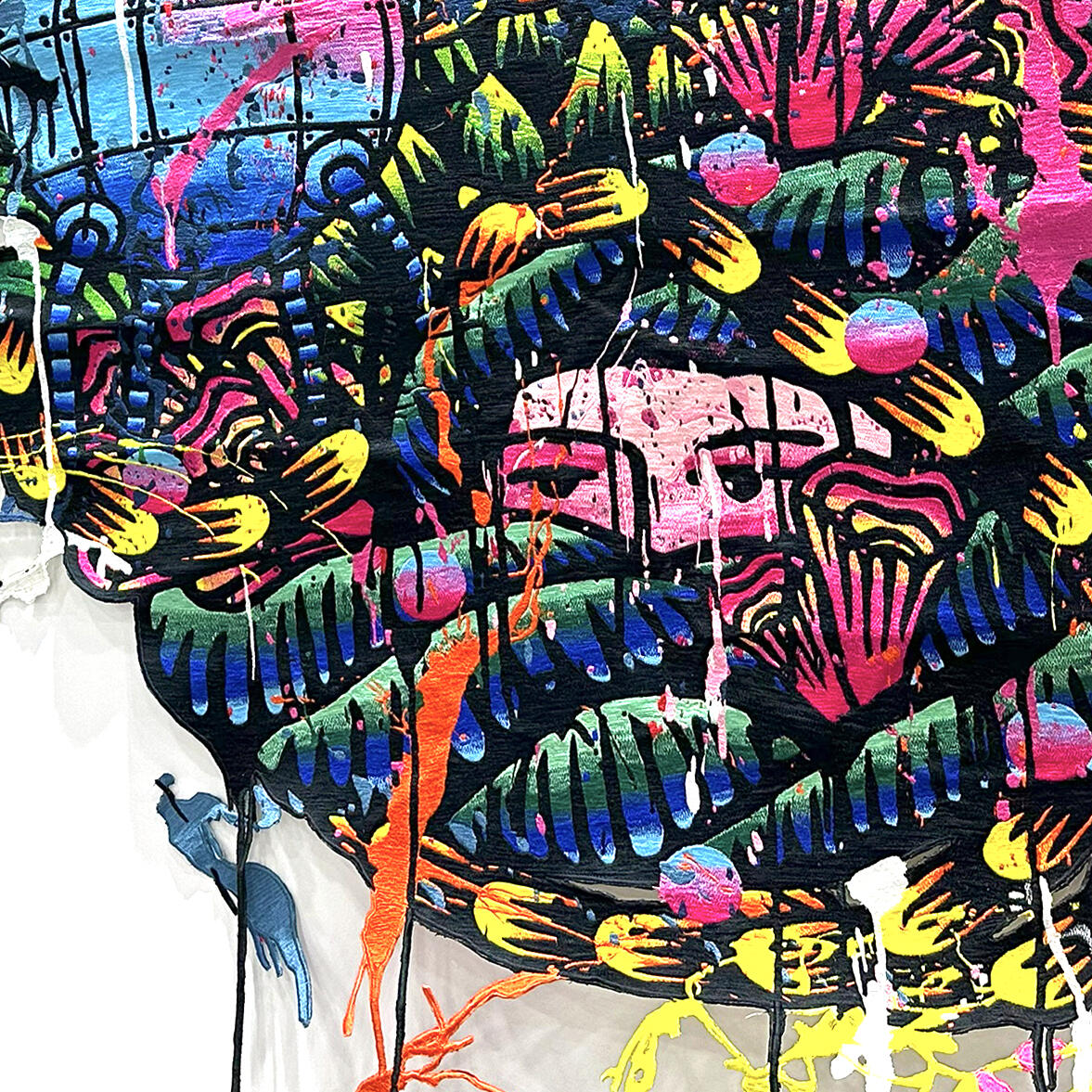

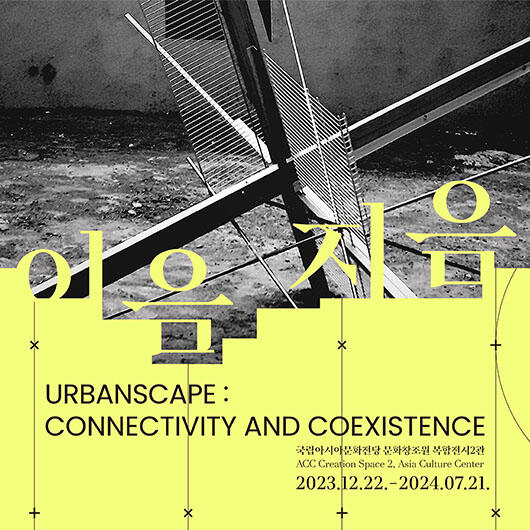

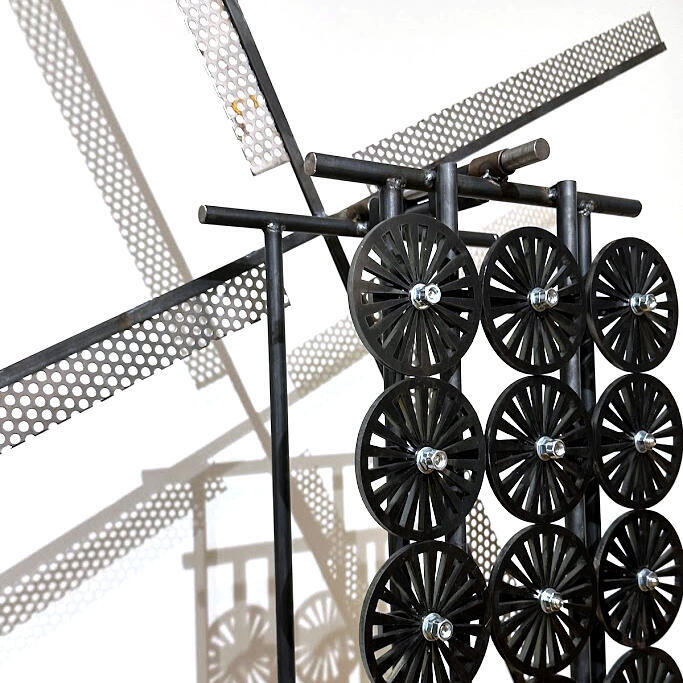

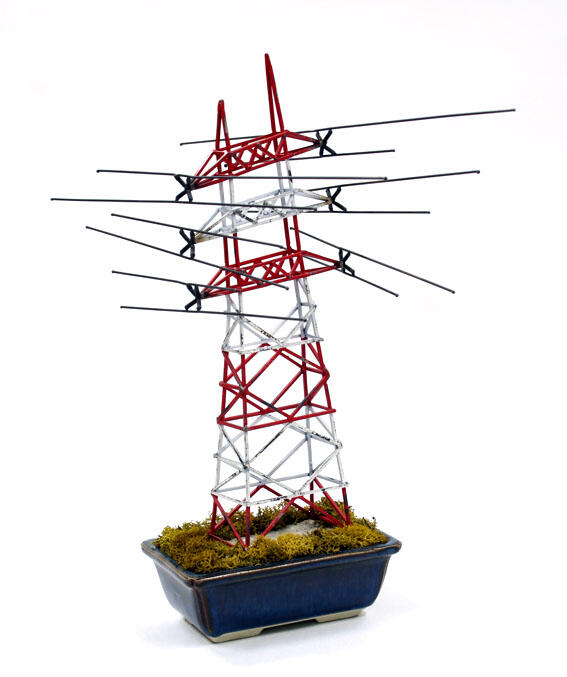

![[ART FAIR] Kiaf SEOUL 2023 / 키아프 서울 2023](https://artfrontgallery.com/whatsnew/assets_c/2023/09/kiaf-thumb-652x652-11457.jpg)
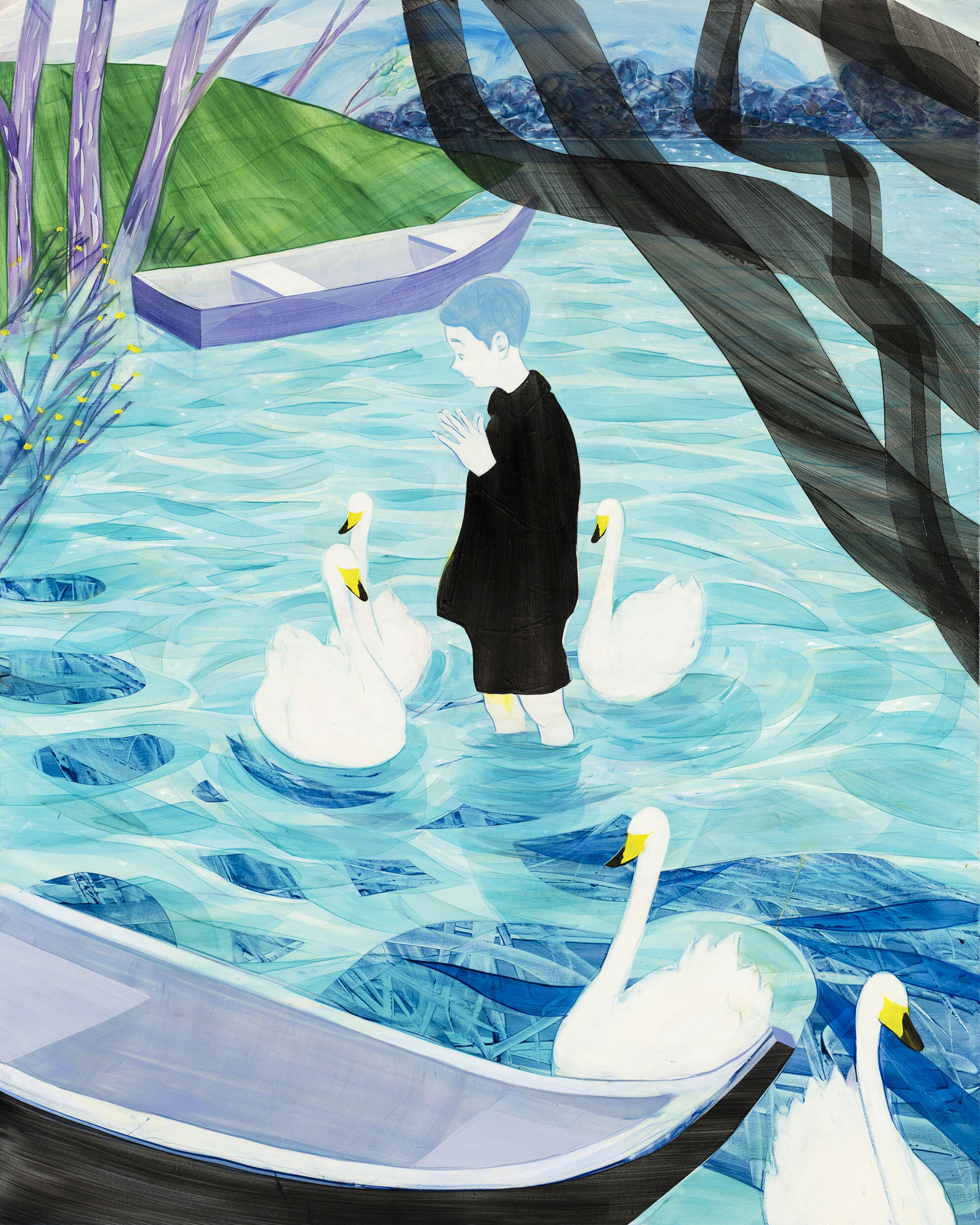
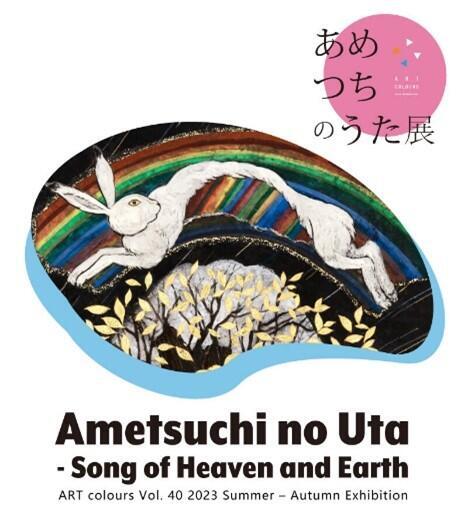
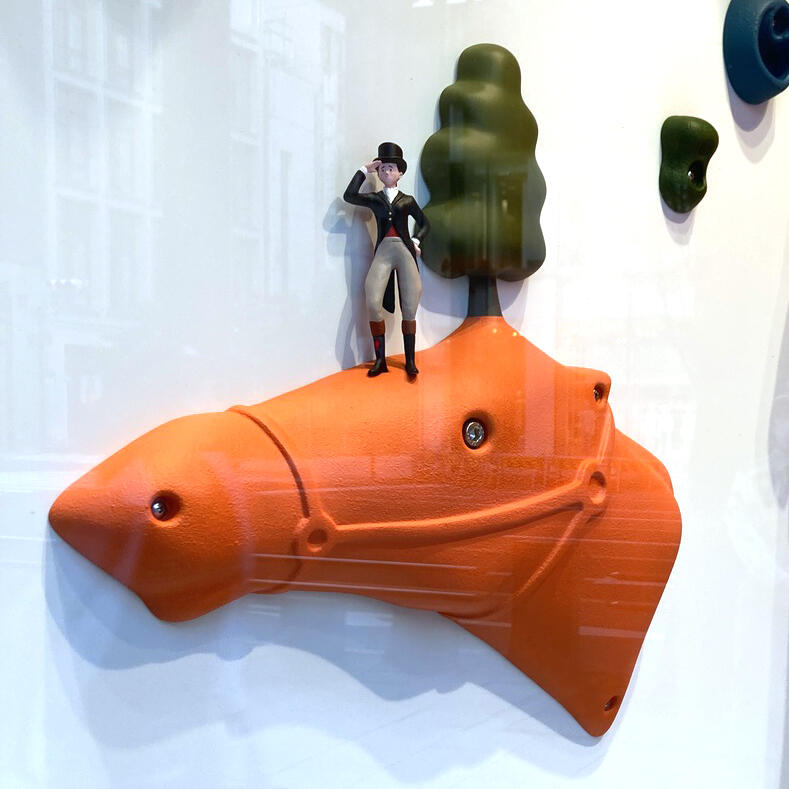


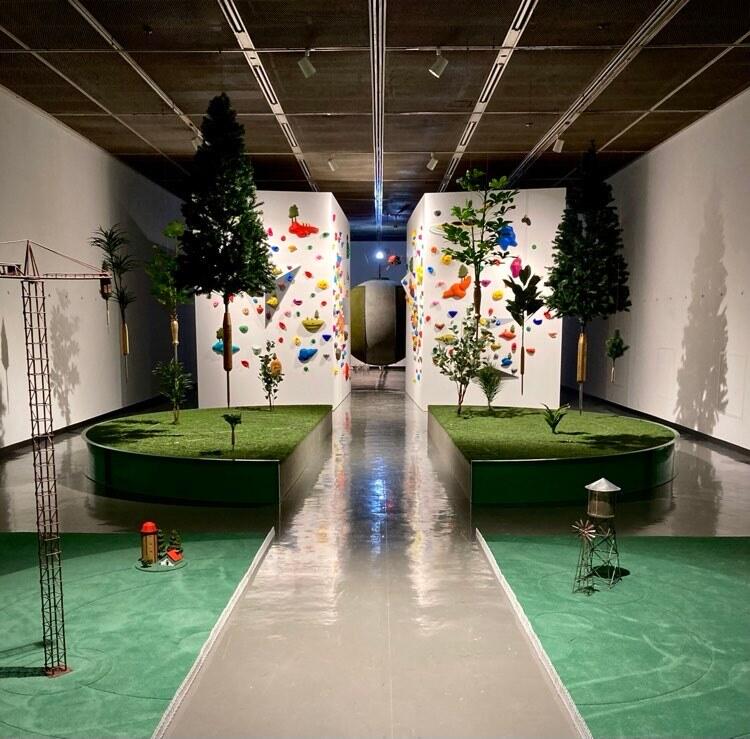
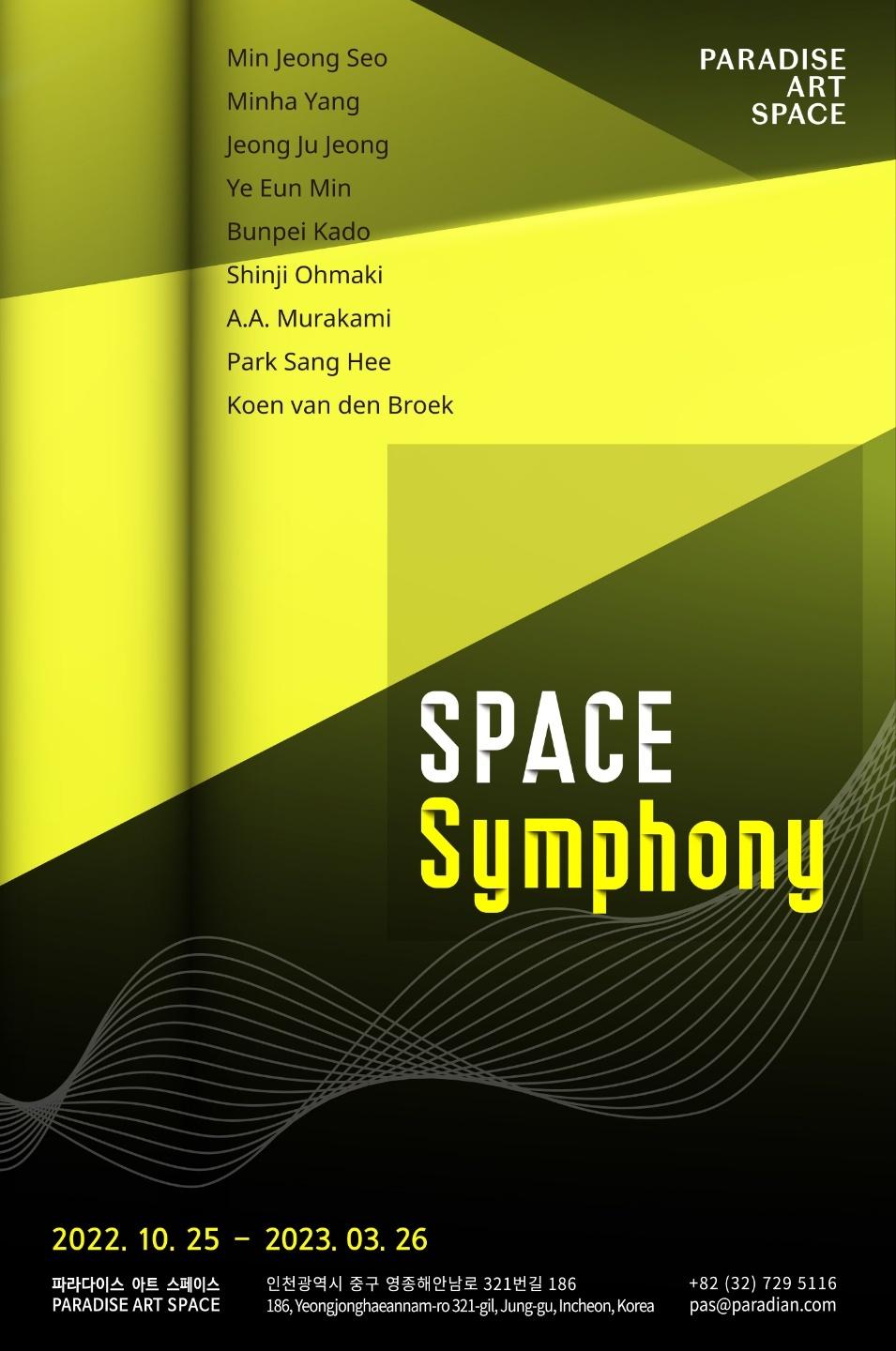


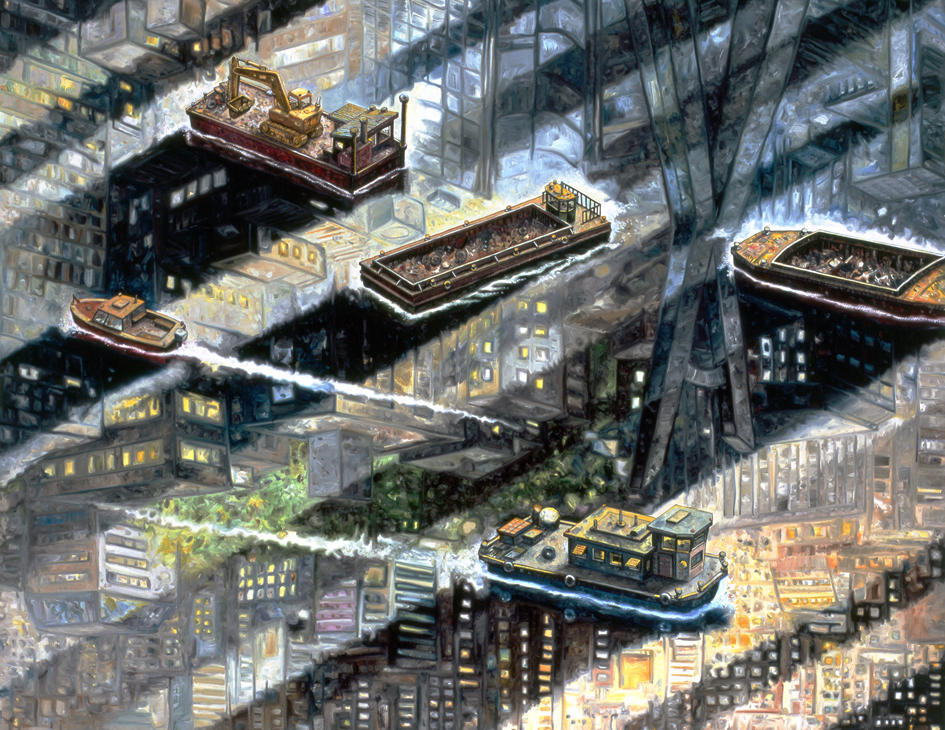

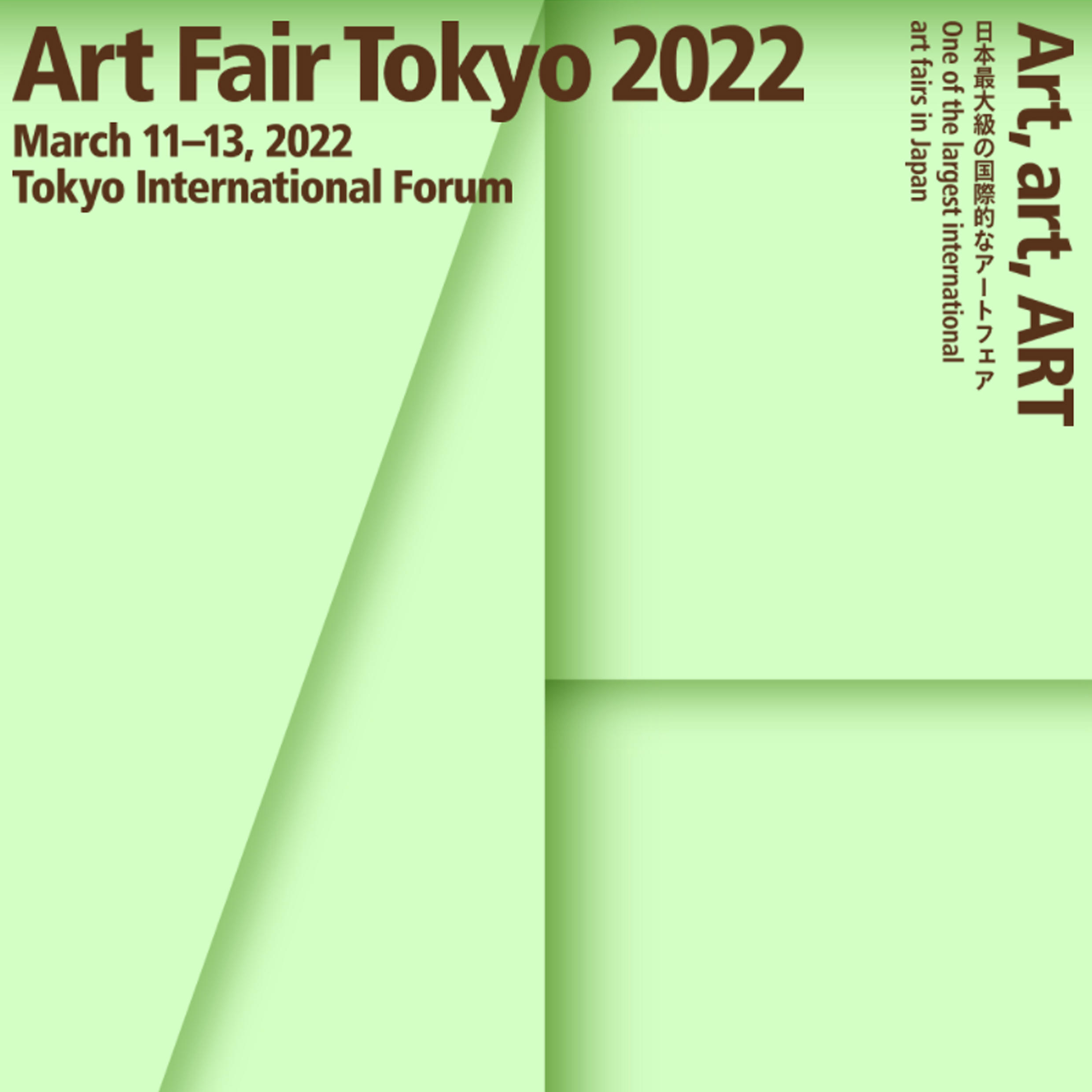


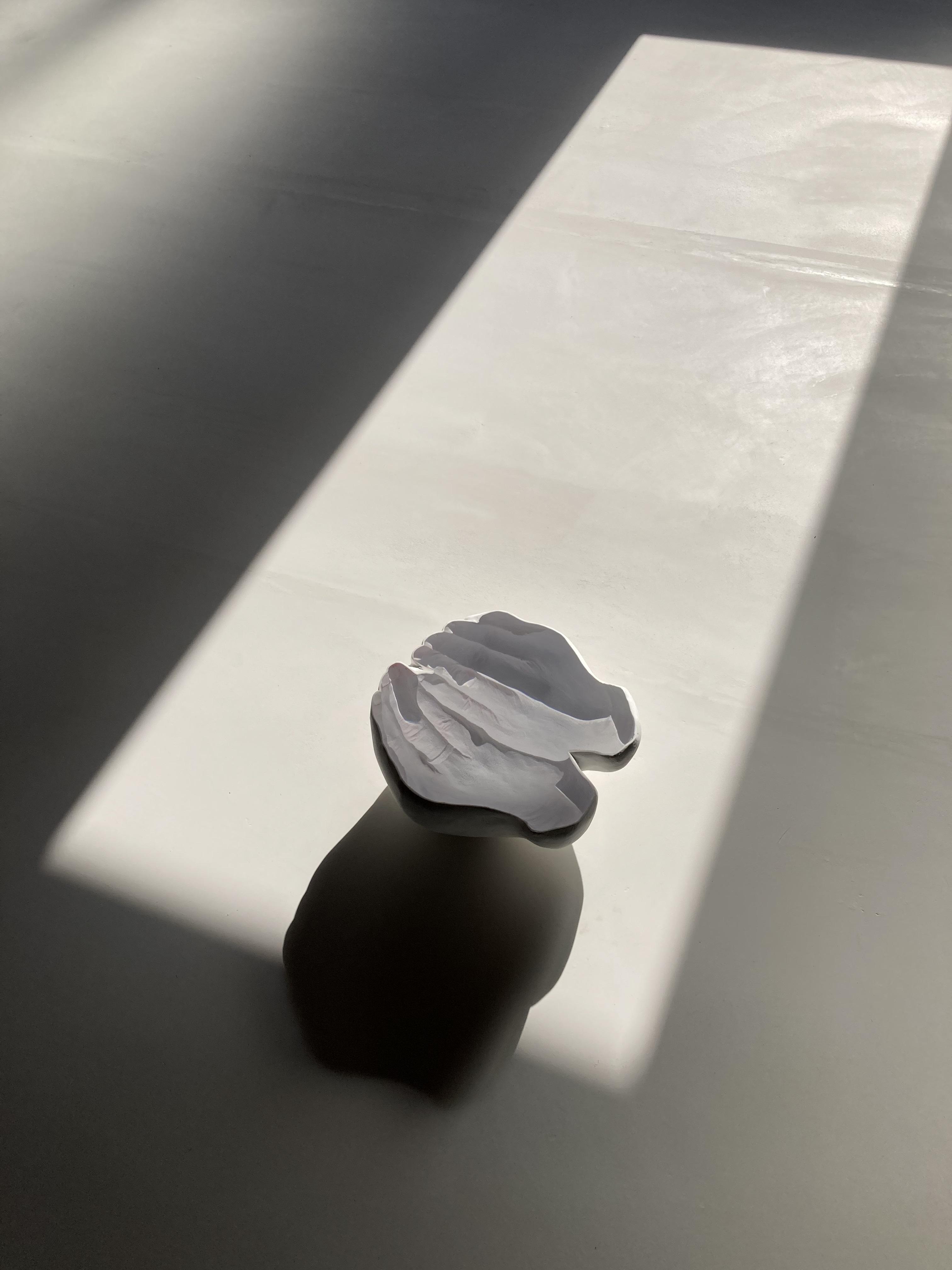
![[Interview] Bunpei Kado : Secret room](https://artfrontgallery.com/whatsnew/assets_c/2021/06/_DSC5323-thumb-2480x2480-8870.jpg)
![[Interview] Bunpei Kado : The garden](https://artfrontgallery.com/whatsnew/assets_c/2021/06/_DSC5133-thumb-2480x1653-8827.jpg)
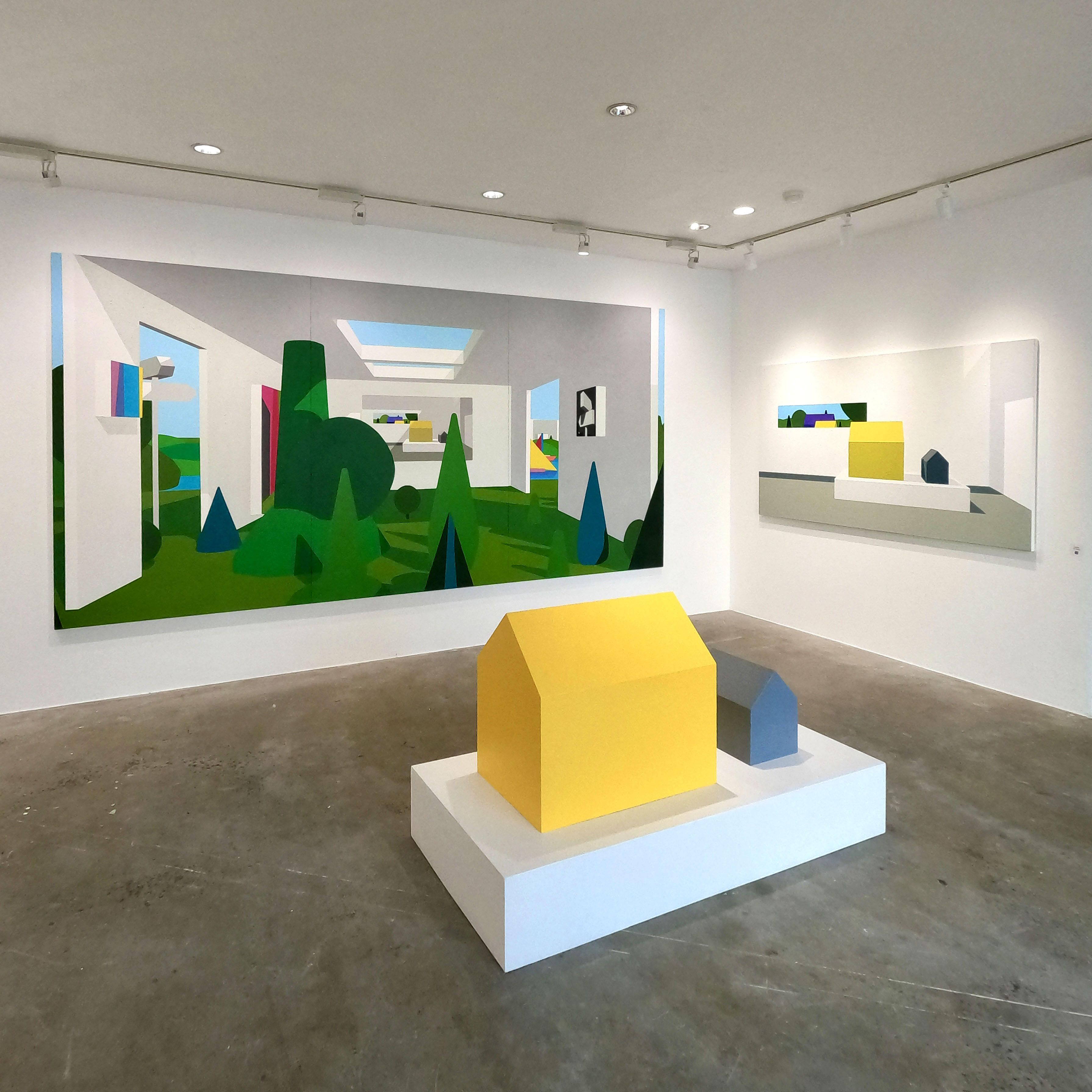
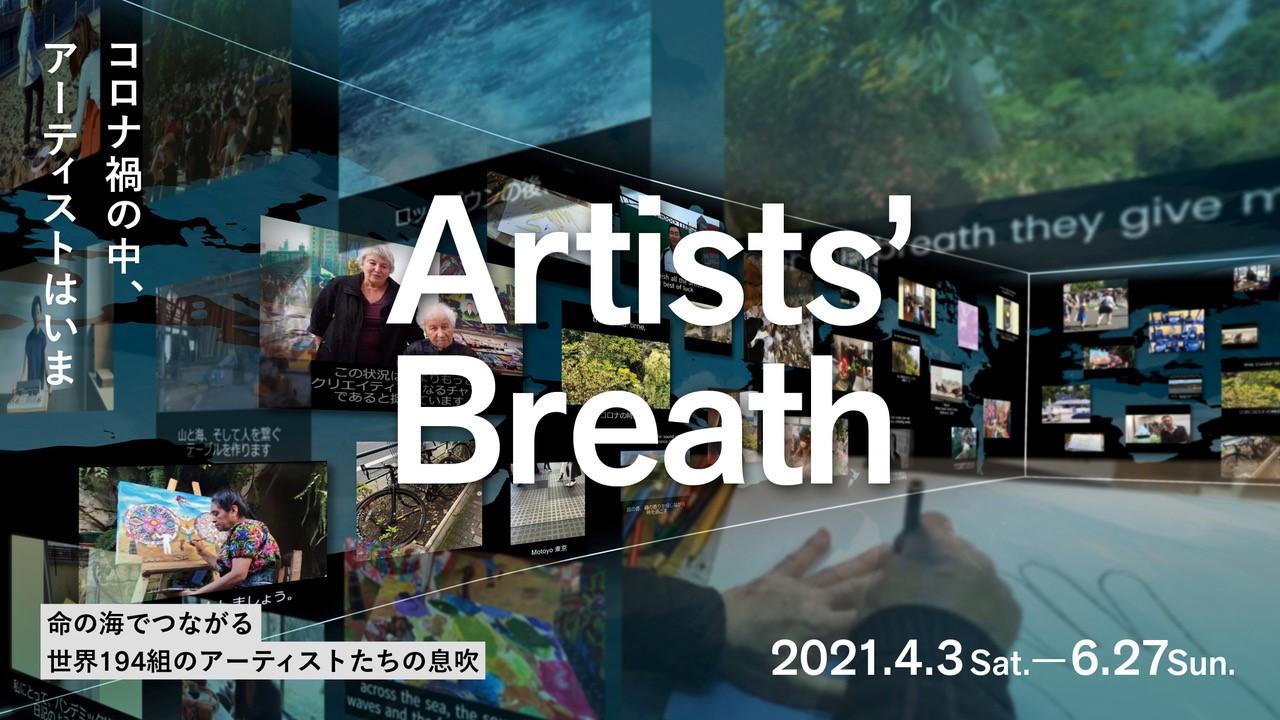
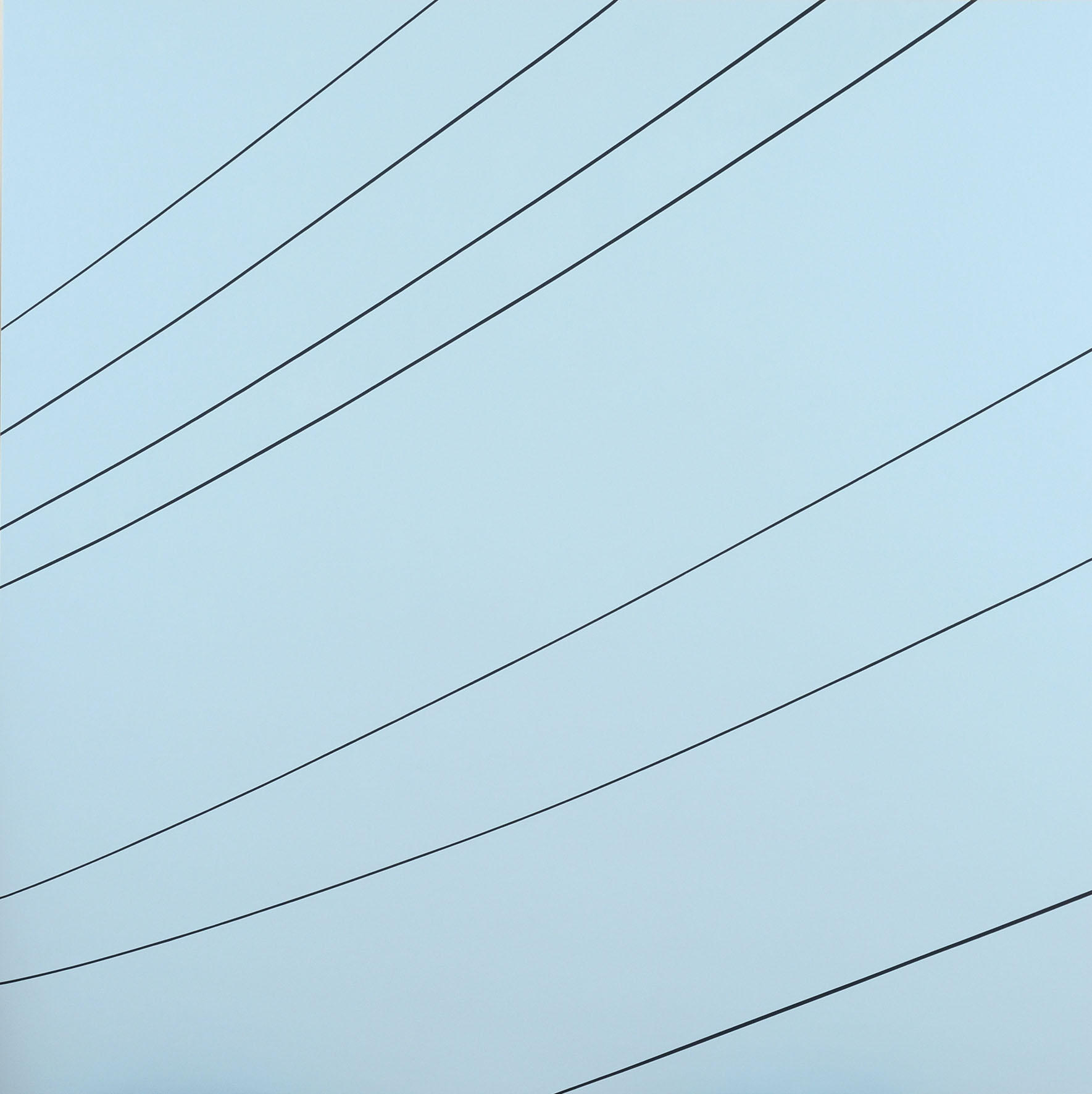





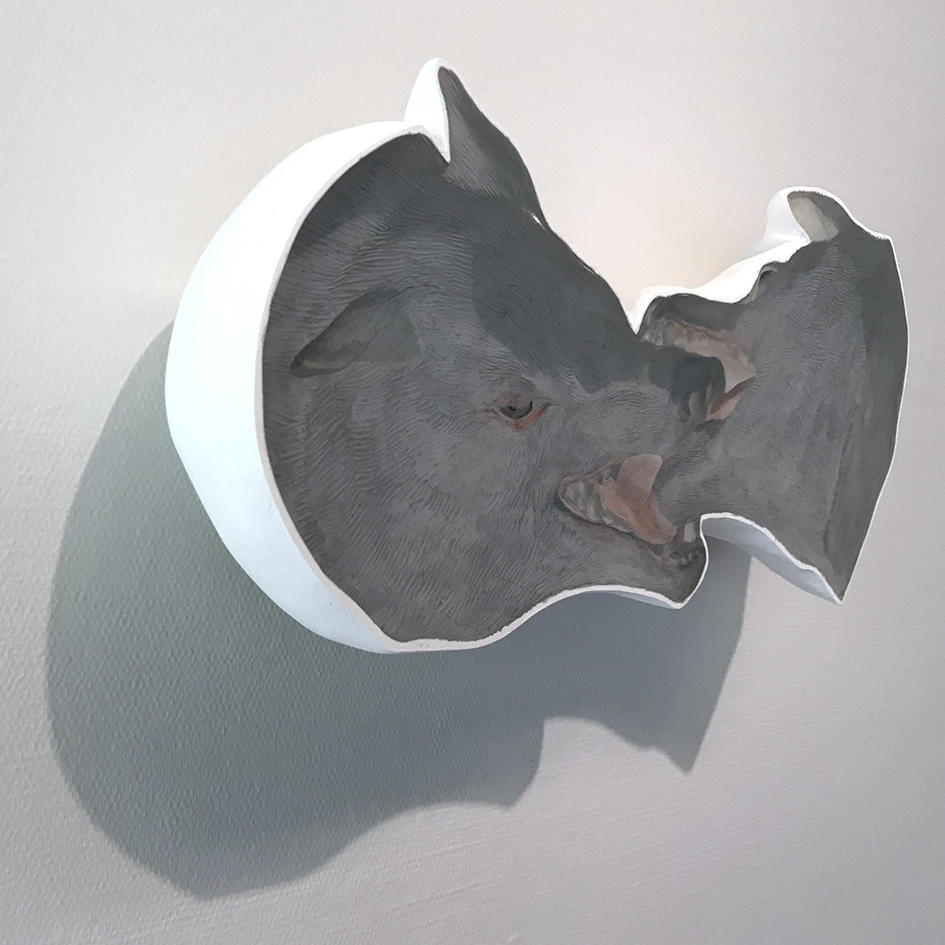


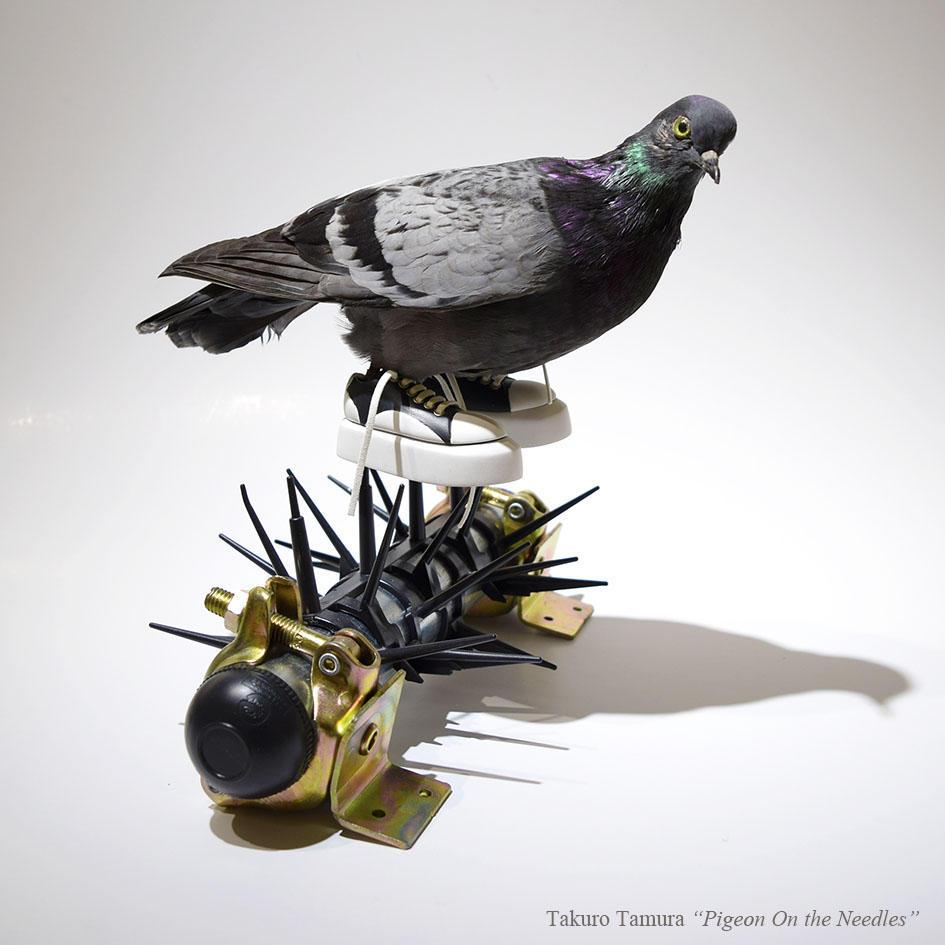






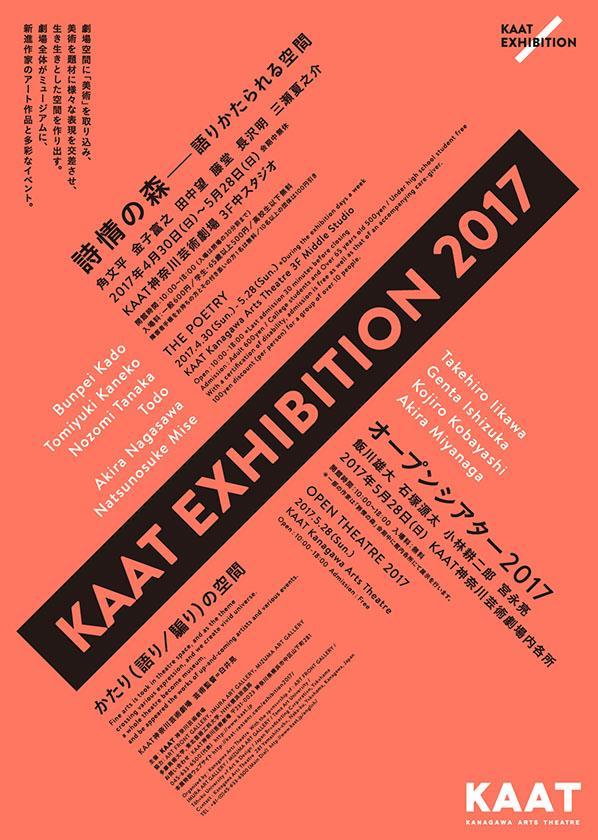
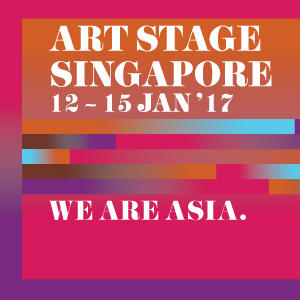



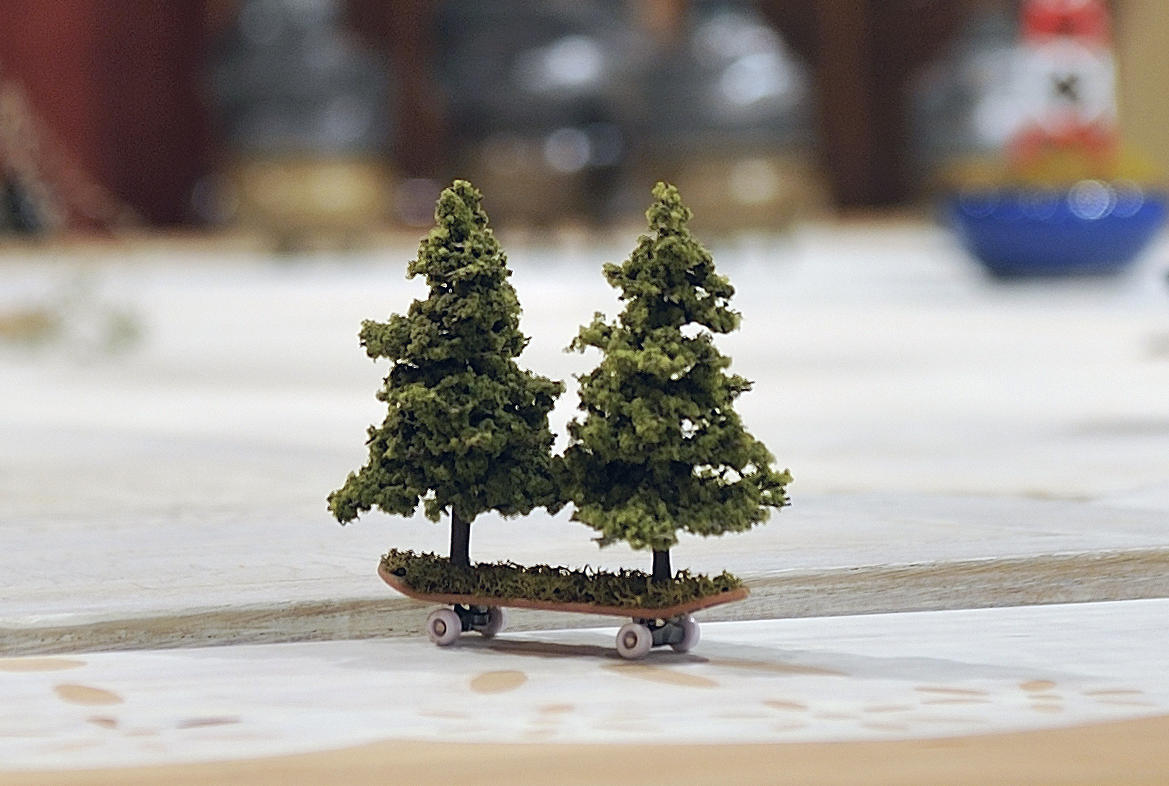




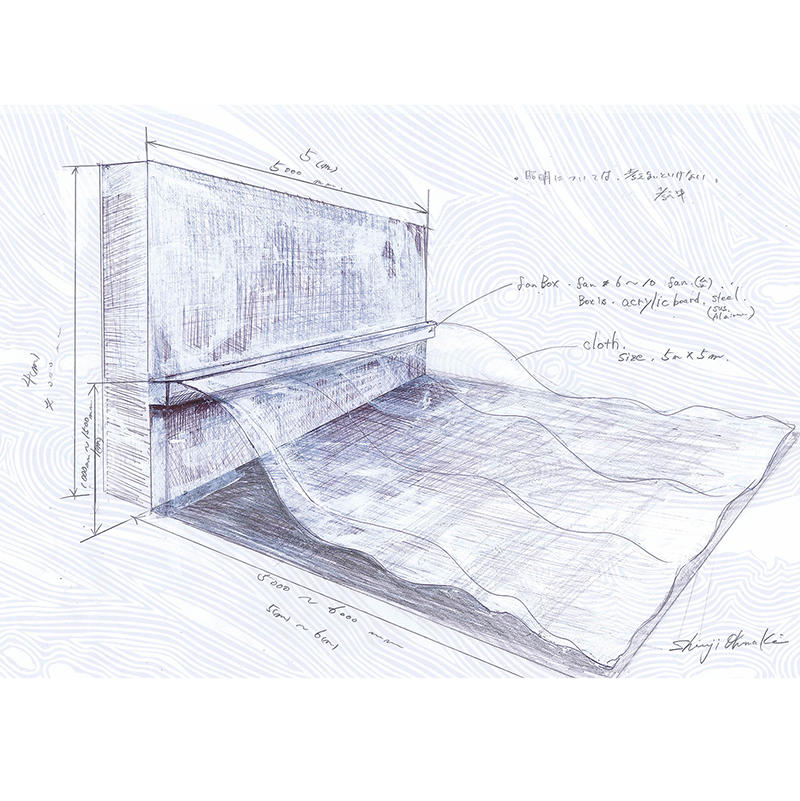


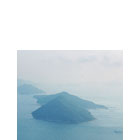

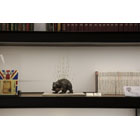

Related Exhibition

